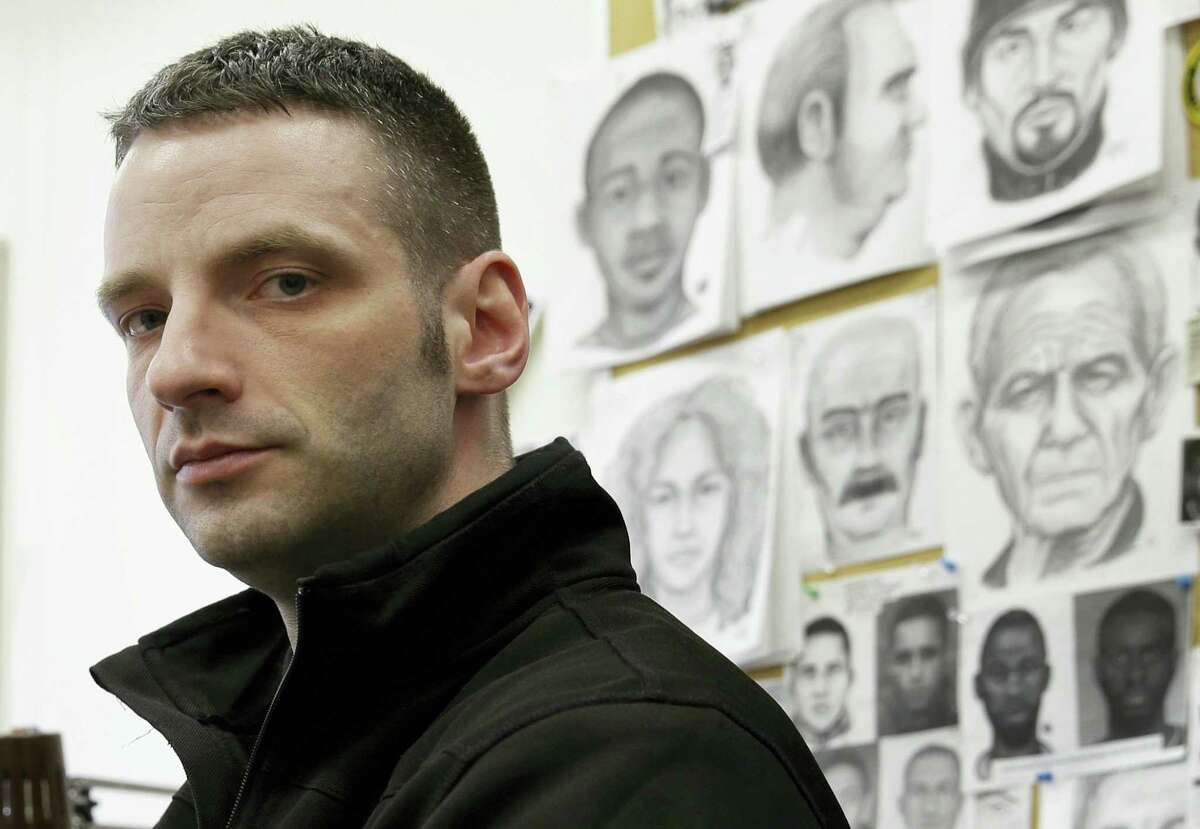
Police sketch artists are often unsung heroes in the field of law enforcement. These skilled artists possess an incredible talent for bringing vague descriptions to life through their pencil and paper. Their ability to create accurate and detailed portraits based solely on eyewitness accounts is nothing short of astonishing. In this article, we will delve into the fascinating world of police sketch artists and uncover 18 unbelievable facts that highlight the intricacies of their profession. From their unique training methods to their remarkable success stories, these facts will shed light on the crucial role that sketch artists play in criminal investigations. So, prepare to be amazed as we unravel the mysteries behind this remarkable art form and gain a newfound appreciation for the talents of police sketch artists.
Key Takeaways:
- Police sketch artists are highly skilled in capturing details from witness descriptions and have helped solve numerous high-profile criminal cases with their drawings.
- They undergo extensive training, work closely with witnesses, and continuously update their skills to create accurate depictions, making them invaluable assets in law enforcement.
Police sketch artists are highly skilled in facial recognition.
These talented individuals possess an exceptional ability to capture minute details from witness descriptions and translate them into accurate depictions.
Their drawings have helped solve numerous high-profile criminal cases.
With their artistic talent and keen observation, police sketch artists have played a vital role in identifying and apprehending criminals.
They undergo extensive training in composite artistry.
Before becoming official police sketch artists, individuals must undergo rigorous training programs that focus on honing their artistic abilities and understanding the psychology of witness descriptions.
Police sketch artists use a variety of techniques to recreate a suspect’s face.
From traditional pencil sketches to digital rendering, these artists utilize different mediums to create accurate and detailed portraits.
They work closely with witnesses and victims to gather information.
By conducting thorough interviews, sketch artists extract crucial details that help them craft an accurate depiction of the suspect.
Police sketch artists possess excellent communication skills.
They have the ability to understand and interpret witness descriptions effectively, ensuring that the final sketch reflects the witness’s recollection.
Their work often involves facial reconstruction.
In cases where the perpetrator is unknown, sketch artists may work with forensic experts to create facial reconstructions based on skeletal remains or composite features.
Police sketch artists assist in creating age-progressed images.
Using their expertise, they can modify existing portraits to visualize what a suspect may look like after years have passed.
They are skilled in both digital and traditional art methods.
With advancements in technology, police sketch artists have adapted their techniques to use computer programs and software alongside traditional drawing methods.
Accuracy is crucial in their line of work.
Even the slightest detail can make a difference in identifying a suspect, which is why police sketch artists focus on capturing every feature as accurately as possible.
Some police sketch artists work freelance.
While many sketch artists are employed by law enforcement agencies, some also offer their services independently for private investigations and other commissioned work.
Police sketch artists often work under pressure.
They are sometimes required to create sketches in high-stress situations, such as immediately after a crime has been committed.
Their artistry extends beyond facial features.
Sketch artists may also create drawings of tattoos, scars, or other identifying marks that help in the identification and apprehension of suspects.
Police sketch artists continuously update their skills.
They attend workshops, conferences, and trainings to stay abreast of the latest techniques and advancements in composite artistry.
Their role goes beyond crime investigations.
Police sketch artists may also assist in creating missing person flyers and age-progressed images for long-term missing individuals.
They rely on their intuition and artistic judgment.
While they strive for accuracy, sketch artists also incorporate their artistic instincts to capture the essence and character of a suspect.
Police sketch artists often collaborate with forensic artists.
By combining their skills, these professionals create comprehensive visuals that aid in criminal investigations and forensic reconstructions.
The demand for police sketch artists continues to grow.
With their unique skill set, these individuals play an invaluable role in law enforcement and have become an indispensable asset in solving crimes.
Conclusion:
The world of police sketch artists is both fascinating and essential in the realm of law enforcement. Their ability to transform witness descriptions into visual representations has proven instrumental in identifying and apprehending criminals. Through their dedication, artistic talent, and attention to detail, police sketch artists continue to contribute significantly to the field of criminal investigations.
Conclusion
In conclusion, police sketch artists play a vital role in solving crimes and bringing justice to victims. Their unique talent and skill in accurately depicting the appearance of suspects through eyewitness accounts is truly impressive. These artists possess an exceptional ability to translate verbal descriptions into visual representations, capturing even the slightest details that can aid in identifying criminals.Their dedication and commitment to their craft make them valuable assets to law enforcement agencies worldwide. The use of composite sketches helps in narrowing down the pool of suspects and increasing the chances of apprehending the culprits. Despite the advancements in technology, the artistry and expertise of police sketch artists remain invaluable in solving cases where traditional evidence may be scarce.The job of a police sketch artist is not only challenging but also requires an exceptional blend of artistic talent, observation skills, and empathy. Through their drawings, these artists provide a voice to victims and help bring closure to those affected by crimes. It is truly incredible how these artists can transform words and memories into visual representations, allowing law enforcement to pursue justice.
FAQs
1. What is the role of a police sketch artist?
A police sketch artist is responsible for creating composite sketches of suspects based on verbal descriptions provided by eyewitnesses and victims. Their aim is to capture the likeness and details of the individual to aid in identifying and apprehending perpetrators.
2. How accurate are police sketches?
The accuracy of police sketches varies depending on several factors such as the quality of the witness’s description, the artist’s skill and experience, and the clarity of the memory. While it is not always possible to create an exact replica, skilled sketch artists can produce remarkable resemblances that significantly assist in investigations.
3. Are police sketches still relevant in the digital age?
Despite advancements in digital imaging and surveillance technology, police sketches remain a valuable investigative tool. They provide a subjective element that technology might miss, allowing for a human touch and interpretation of the suspect’s appearance.
4. How long does it take to create a police sketch?
The time required to create a police sketch can vary depending on the complexity of the description and the artist’s skill level. Generally, it can take anywhere from one to several hours, with multiple sessions of revisions and feedback to ensure accuracy.
5. Can a police sketch help solve a case?
A well-executed police sketch can be instrumental in solving a case. It can generate leads, help in suspect identification, and aid in creating public awareness to gather additional information. Police sketches have played a significant role in numerous successful investigations.
Unraveling the mysteries behind police sketch artists is just the beginning of our exploration into the fascinating world of law enforcement. If you're curious about the dedicated professionals who work tirelessly to solve crimes and bring justice, our next article will captivate you. Discover the thrilling life of police detectives, their investigative prowess, and the challenges they face in their pursuit of truth. Join us as we delve deeper into the realm of criminal investigations and the unsung heroes who make our communities safer.
Was this page helpful?
Our commitment to delivering trustworthy and engaging content is at the heart of what we do. Each fact on our site is contributed by real users like you, bringing a wealth of diverse insights and information. To ensure the highest standards of accuracy and reliability, our dedicated editors meticulously review each submission. This process guarantees that the facts we share are not only fascinating but also credible. Trust in our commitment to quality and authenticity as you explore and learn with us.


